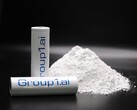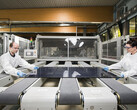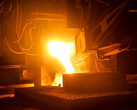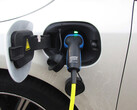Rare earth elements are expensive, which is unlikely to change any time soon with the further spread of smartphones, electric cars and domestic energy storage systems.
Calcium and oxygen, or in combination as calcium oxide or calcium peroxide, are among the most common elements of all. They can be found practically all over the planet. Calcium peroxide is also found in chewing gum and toothpaste, in baked goods and in rubber.
Because the light metal calcium has a larger atomic radius and a stronger molecular bond than lithium, for example, problems arise under normal conditions that prevent its practical use.
Although such batteries have a high energy density, they can only be recharged a few times at room temperature and are therefore unsuitable for everyday use.
Researchers from China have now been able to impressively eliminate this disadvantage of a calcium-oxygen battery and recharge a new design 700 times.
Instead of calcium oxide, which can only be broken down with great effort, calcium peroxide was used, which has a significantly weaker bond. A specially adapted electrolyte was also required.
The highlight, however, is the carbon nanotubes, which are covered with calcium. This tiny tube lies in the electrolyte and is in turn surrounded by another nanotube, which forms the cathode.
In the experiment, it was possible to charge a smartphone with this soft battery, which was once again woven into breathable fabric.
The entire system is still in the experimental phase. One of the criticisms is that charging is highly inefficient. The power required for charging is therefore significantly higher than the capacity that is ultimately available.
And yet it has been possible to construct a durable battery that consists almost exclusively of widely available and inexpensive materials.
Source(s)
Nature via ChemistryWorld

















